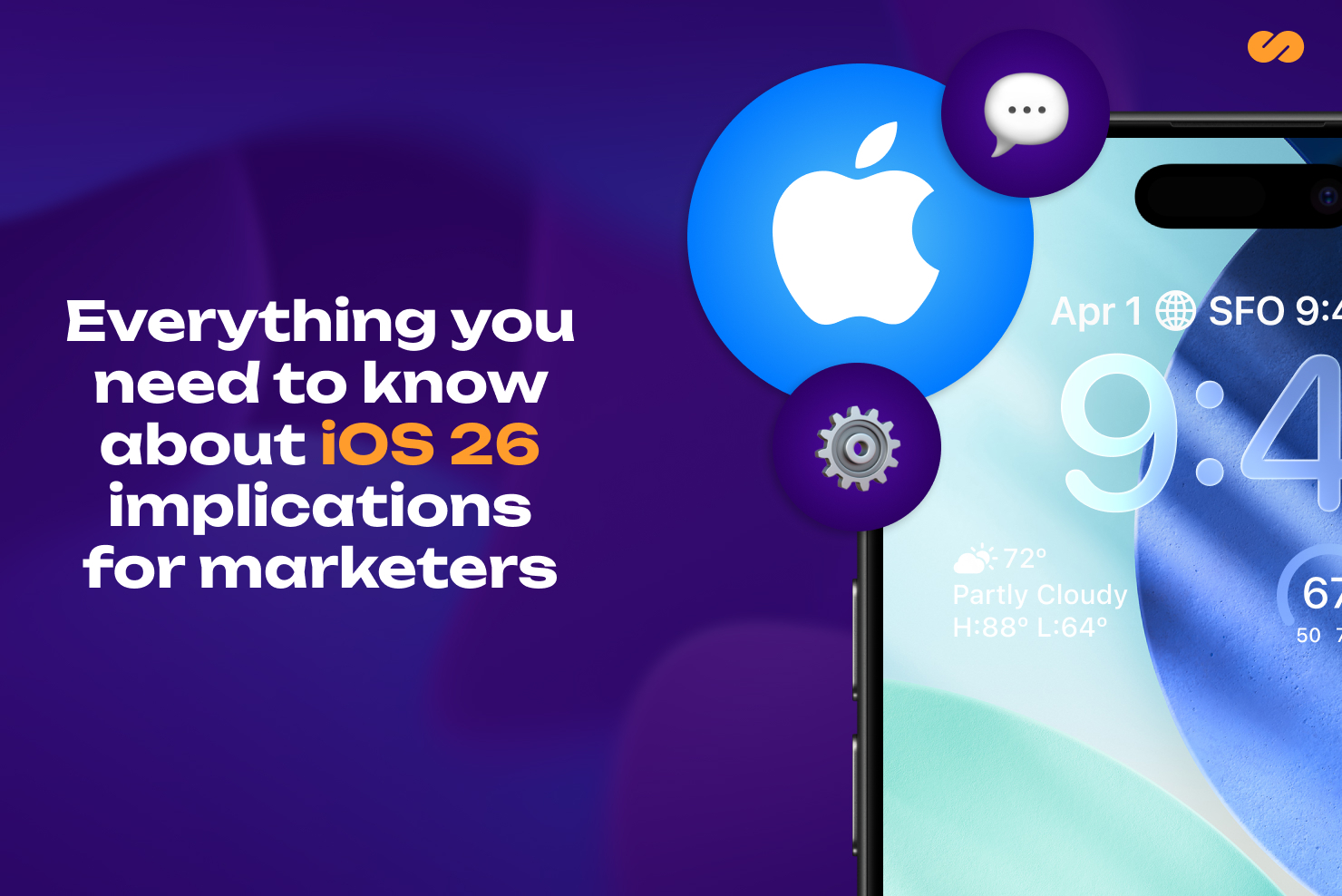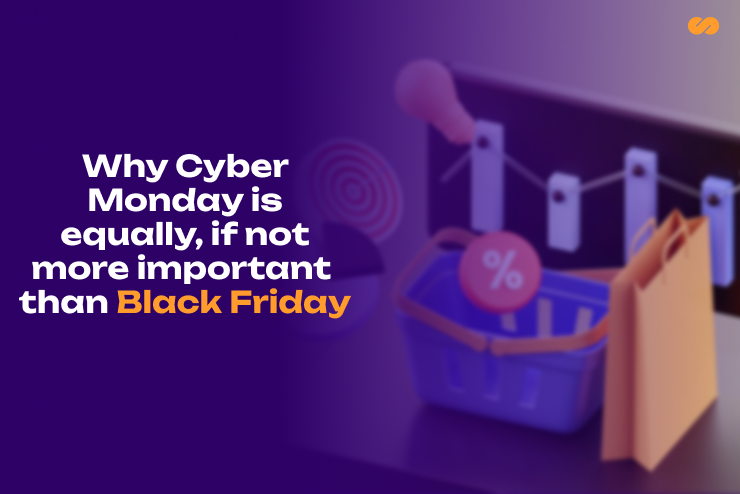12 Mobile Ecommerce Stats and Trends for 2023

With mobile dominating ecommerce browsing, sales, and conversions, it's crucial for retailers to track website visitor behaviours to avoid shopping cart abandonment.
During peak online shopping times, converting users either through sales or micro-conversions is essential when considering mobile activity.
This article highlights key mobile ecommerce stats including market size, growth, conversion rates, and device-specific traffic and sales. We also provide mobile scenarios and examples to help boost your mobile conversion rate.
1. US Mobile Commerce Market Stats
Mobile commerce sales hit a significant $431.04 billion in 2022, up from $362.11 billion in 2021, indicating a steady upward trend. This growth is expected to continue, making mobile a cornerstone of marketing strategies for online brands.
2. Mobile Internet Usage by Demographic
Mobile usage is higher in the UK, especially among the 20-34 age group, with 81% according to a 2022 Statista study. Retailers targeting younger demographics, such as the fashion sector, have heavily focused on mobile usability.
These insights help marketers better understand their audience, enabling more targeted ads and personalised abandoned basket emails, browse abandonment emails and targeted pop-ups.
3. Online Traffic by Device
Mobile ecommerce continues to grow annually, now accounting for 75% of online users—a 4% increase from last year. Social media platforms like Facebook, Twitter, and Pinterest have introduced ecommerce CTAs, allowing purchases without leaving the platform. This trend is particularly noticeable among millennials and Gen Z, who have significant spending power.
4. Mobile vs Desktop Conversion Rates
Despite heavy mobile usage, mobile conversion rates lag behind desktop. This difference highlights user intent and browsing behaviour, as mobile users often access devices sporadically, leading to higher abandonment rates. In contrast, desktop users exhibit higher buying intent. Optimising digital experiences across devices is crucial.
5. Mobile vs Desktop Add to Cart Rates
While mobile conversion rates are lower, add to cart rates are closer to those of desktop. This indicates that users initiate the ecommerce checkout process on mobile but often do not complete the purchase.
6. Cart Abandonment Rates by Device
Consumer behaviour varies due to factors like AOV, ecommerce payment methods, device, and product. The customer experience on specific devices can deter purchase completion. Understanding these factors helps tailor advertisements and customer journeys more effectively across devices.
7. Online Sales by Device
Mobile accounts for over 55% of total online sales, reflecting its dominance over desktop sessions.
8. Mobile Sales by Sector
Understanding the differences between mobile and desktop audiences helps refine strategies. For instance, when it comes to the travel industry trends, the booking process is complex and is more suited to desktop due to higher AOV. Conversely, mobile drives the fashion industry, with advanced mobile technology and accessibility leading to higher mobile sales.
9. Mobile Ecommerce in Fashion
Mobile technology's advancement and accessibility have made mobile sales crucial in online fashion retail. Smartphones help fashion brands reach wider audiences and build brand recognition. Fashion consumers, especially for luxury products, expect a superior mobile buying experience.
10. Mobile Sales Volume by Region
Mobile leads online sales globally. The growth of ecommerce in regions like the Middle East significantly impacts global consumer behaviour.
11. Smartphone vs Android
During Black Friday 2022, the iPhone was the most popular device for online sales, followed by the Samsung Galaxy. While Apple sees growing sales, Android technology is becoming more popular among tech consumers.
12. Black Friday Mobile Commerce
Black Friday has become a predominantly mobile shopping event, with over 79% of ecommerce site traffic coming from smartphones. Brands can offer special in-app purchases to drive more mobile transactions and increase anticipation for the event.





